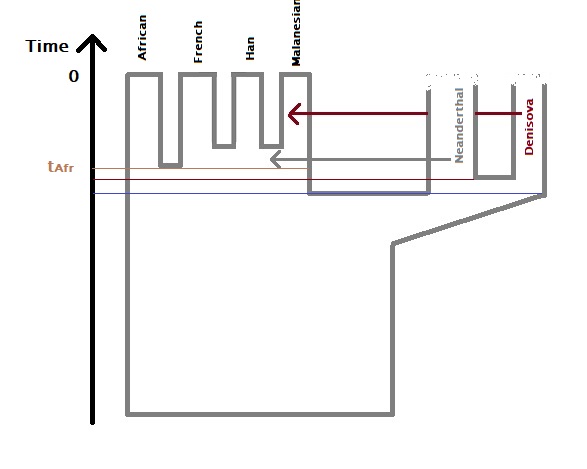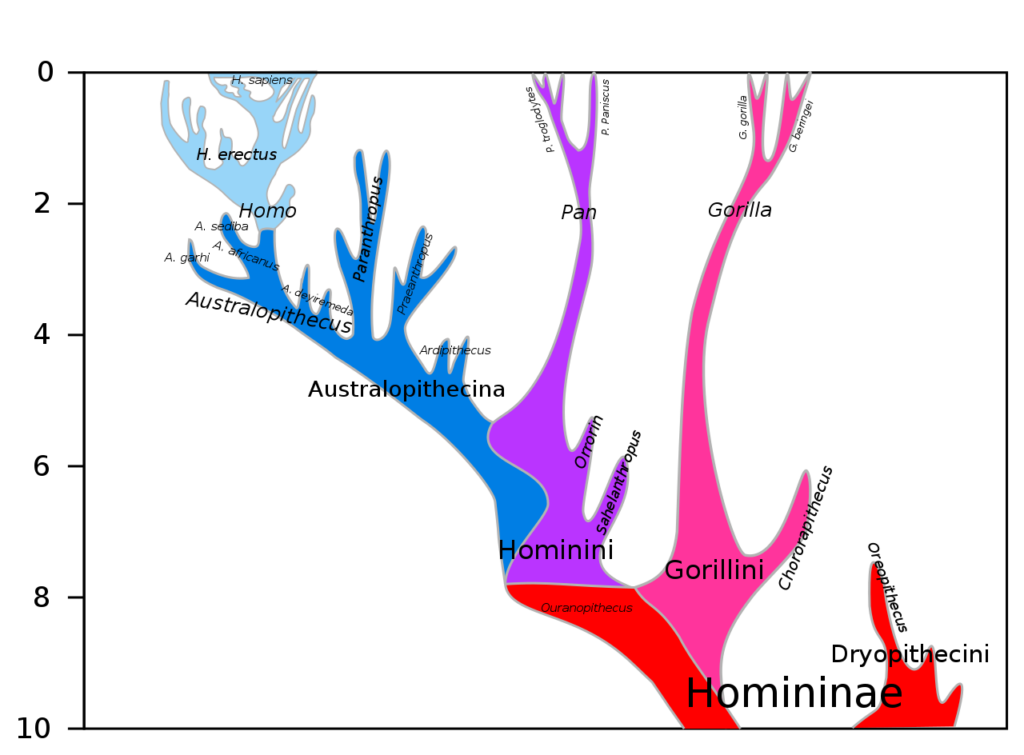En-ROADS to Efficiency
We saw En-ROADS last time as a tool to simulate the impact of steps we can/should to en route to a decarbonised future. Now, we simulate scenarios, starting with energy efficiency.
The silver bullet?
There is a reason to start with this. A lot of people (policymakers) think energy efficiency offers huge opportunities in the journey of decarbonisation, and it comes at zero cost (or even at negative cost)! I suspect the famous McKinsey curve has something to do with this belief. I suspect the famous McKinsey curve has something to do with this belief. But let’s test the hypothesis.
Simulation results
First, the baseline: we have seen before that if we maintain the status quo, we end up with a temperature rise of +3.6 oC compared to the pre-industrialised levels. We do run the model in two steps. First, we make set maximum efficiency changes (transport and building) at the current volume of electrification, i.e. no growth.

The underlying assumptions for this simulation are a growth rate of 5% per year from 2023 and a 5% rate for buildings and industries (new and retrofitted).
Now, switch on electrification to the mix. Here we added 100% electrification of new transport (rail and road) and buildings from 2023, which we know, can not be true!

So, what are we seeing? Even at extremely optimistic rates of energy efficiency and electrification rates, we will miss the climate goal of 2100. Building electrification also causes an increase in energy costs in the medium term.
Ignoring building electrification still makes most of the results (+2.9 oC) at no cost. The question now is: here is an option (improving efficiency) that can still make a good stride towards decarbonised work at no cost, but not realised. From an economic standpoint, this doesn’t make sense – a market failure.
References
The Paris Agreement: UNFCCC
EN-ROADS: Climate Interactive
En-ROADS to Efficiency Read More »


